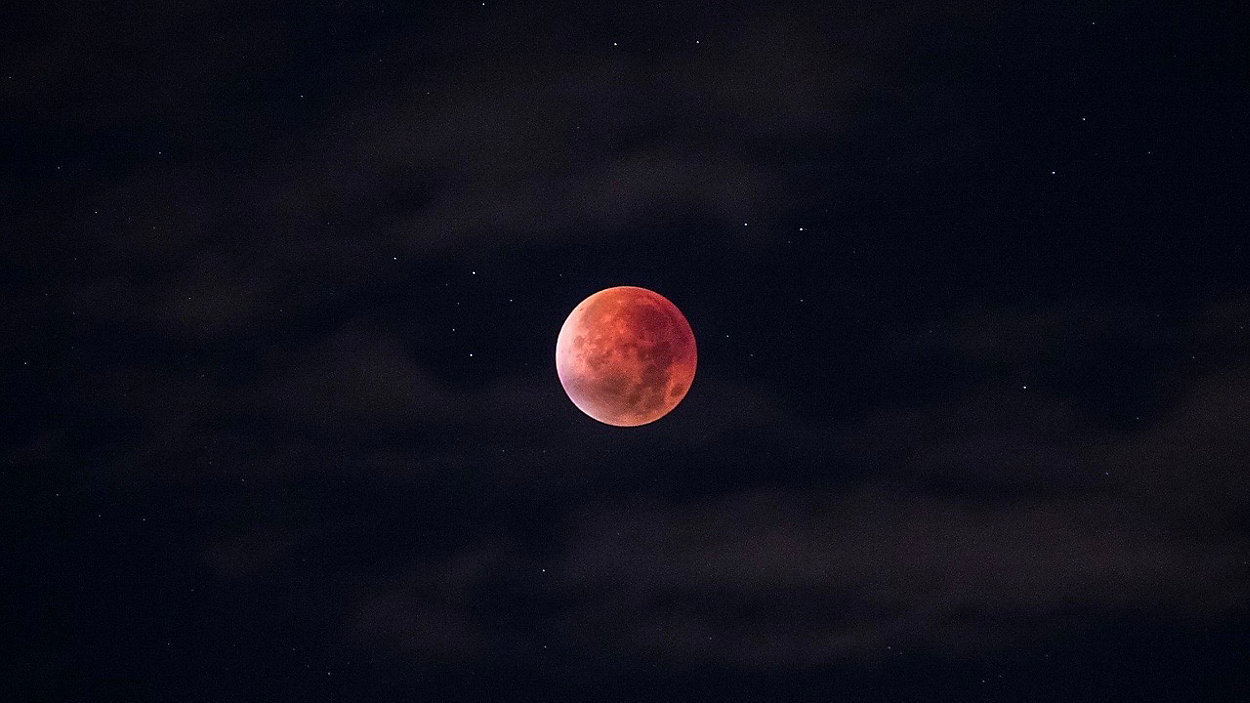
Exciting Skywatching Events in September 2024
September 2024 brings some spectacular celestial events, including a brilliant Harvest supermoon, a partial lunar eclipse, five planets lighting up the sky, and International Observe the Moon Night.
A Harvest Supermoon Eclipse
On September 17th, get ready for a special skywatching moment—a partial lunar eclipse during the full supermoon. This rare event will cause Earth’s shadow to slightly dim the Moon, turning it a reddish tint. The Moon will appear a bit larger and brighter than a typical full moon, known as a supermoon.
For those in the U.S., the eclipse happens in the evening as the Moon rises. In Europe, it will occur in the early hours of the morning.
September Skywatching Highlights
- All month: Venus shines low in the western sky after sunset, Saturn is visible all night long, and Jupiter and Mars rise after midnight, showing up in the southeast just before sunrise.
- September 1-7: Look for Mercury during morning twilight in the Northern Hemisphere, just before dawn in the eastern sky.
- September 14: Join the global celebration of International Observe the Moon Night, where people gather to admire the Moon. You can join from home or attend an event. Check details at moon.nasa.gov/observe.
- September 16: The Moon and Saturn travel together across the southeastern sky after sunset. In the western U.S., you can watch the Moon begin to cover Saturn before sunrise.
- September 22: The Moon moves through the Pleiades star cluster, offering a rare sight for U.S. observers.
- September 23: Look for Jupiter and the Moon rising together in the evening and climbing into the southeast sky before dawn.
- September 25: A beautiful pairing of the crescent Moon and Mars will appear in the pre-dawn sky, alongside the bright stars of winter constellations.
The Moon and the Pleiades Star Cluster
On September 22nd, U.S. stargazers can witness the Moon passing through the Pleiades star cluster, a stunning and rare event. With binoculars or a telescope, you can follow the Moon’s journey through the cluster over the course of the night.
Spot NASA’s Solar Sail
This month, keep an eye out for NASA’s Advanced Composite Solar Sail System (ACS3), a small satellite testing solar sail technology. Its highly reflective sails make it almost as bright as Sirius, the brightest star. Use the NASA app to find out when you can see it.
International Observe the Moon Night
On September 14th, the world celebrates International Observe the Moon Night, where Moon enthusiasts gather to observe its wonders. This year, you’ll have the chance to see the Marius Hills, volcanic domes that are usually hard to spot. Sunlight will hit them at just the right angle, making them easier to see. Grab a telescope and enjoy this special lunar event!


